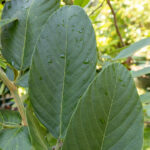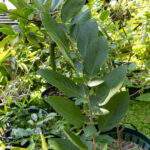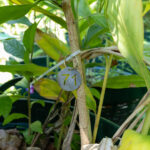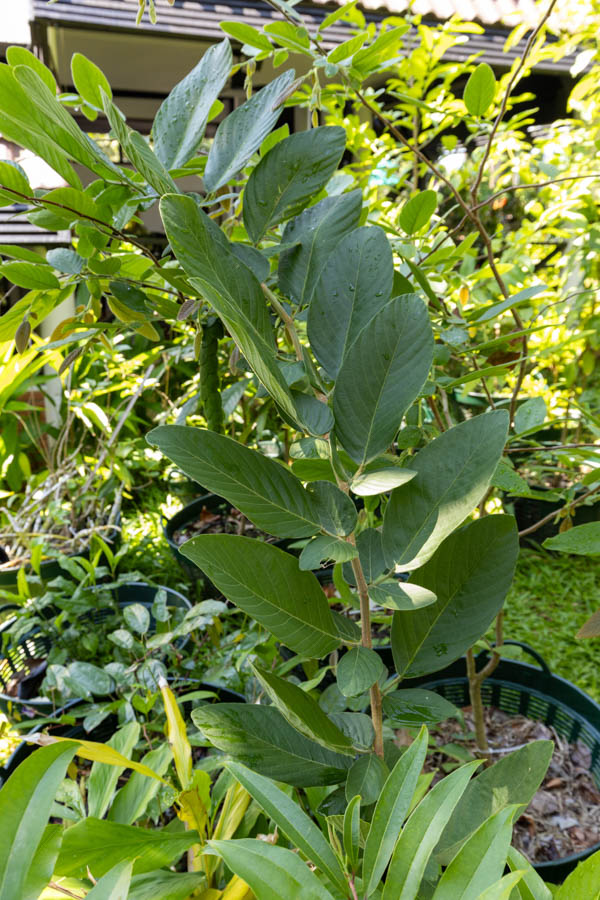ชุมเห็ดเทศ (Chum Hed Thet) / Candle Bush
Family: Fabaceae
Senna alata, or ชุมเห็ดเทศ in Thai, is a tall, upright shrub native to tropical regions. It is easily recognized by its large, evenly spaced leaflets and bright yellow candle-like flower spikes. In Thai traditional medicine, it is prized for its antifungal, laxative, and skin-cleansing properties.
Botanical Characteristics
The plant grows 2–4 meters tall with thick, erect stems and large pinnate leaves consisting of 8–14 pairs of oval leaflets. The bright yellow flowers appear in tall clusters resembling candles, giving rise to its English name “Candle Bush.” Long, dark seed pods form after flowering.
Use in Thai Traditional Medicine
Leaves and pods of ชุมเห็ดเทศ are commonly used to treat fungal infections such as ringworm and other skin irritations. Crushed fresh leaves are applied topically, while mild decoctions are taken internally to relieve constipation and cleanse the digestive tract. The plant is also used to cool the body and reduce inflammation.
Medicinal Compounds
Contains anthraquinones (rhein, chrysophanol), flavonoids, and alkaloids responsible for its antifungal and purgative effects. The leaves show strong activity against dermatophytes and are used as a natural substitute for topical antifungal creams in rural medicine.
Culinary and Nutritional Uses
Although primarily medicinal, young leaves are occasionally blanched and eaten in small amounts as a cleansing bitter green in traditional Thai cuisine. Consumption should be moderate due to its laxative nature.
Cultivation Notes
Senna alata grows well in full sunlight and moist, well-drained soil. It is easily propagated from seeds or cuttings and thrives in tropical climates. Regular pruning encourages new leaf growth and helps maintain its shape and height.
Disclaimer: This information is provided for educational and historical purposes only. It is not intended as medical advice. Always consult a qualified healthcare professional before using any herbal preparation.




